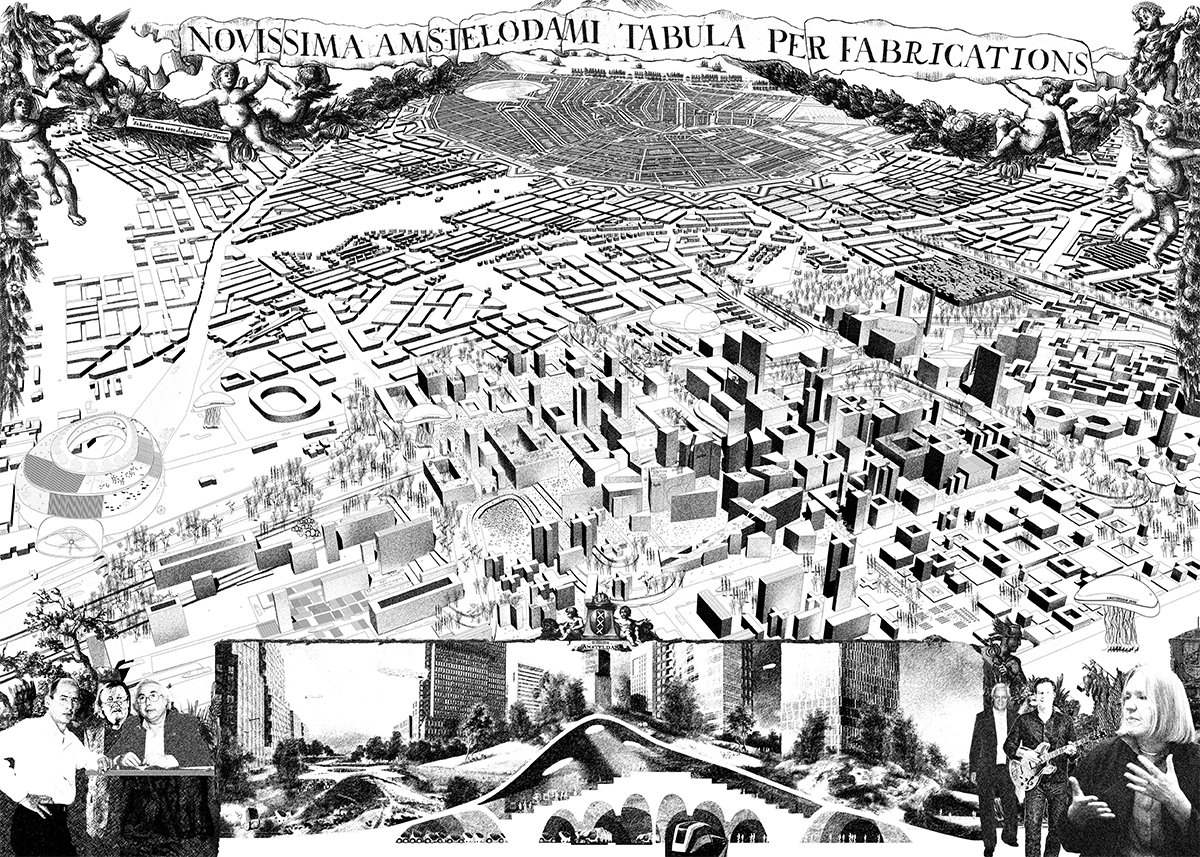
Glimpses Moving
The sum of flowing people, goods, materials, information and energy together form a city’s “mobility footprint”. This footprint is booming on all scales with the increase of direct and indirect movements that city dwellers generate daily. Nevertheless, our urban development is still dominated by the idea that living, working, playing and moving should be strictly separated. A new type of urban fabric should therefore formulate a more permanent answer to the legacy of CIAM and the growing mobility needs.
-
Location
Zuidas Amsterdam, NetherlandsYear
2011Program
Improving mobility nodes -
AIA New York
Arcam Amsterdam -
Design lead
Eric Frijters
Olv KlijnTeam members
Bas Driessen
Greta Mozzachiodi
Marie Rannou
Nuria Ripoll
Moira Burke
Bob l’Herminez
Siebe Voogt
This city is not based on separation, but on mixing. Besides the CIAM categories it will accommodate the production of food, energy, raw materials (from waste) and numerous communication networks. Sustainable urbanization is based on a more complete urban program, so that our daily needs are always near. This leads to fewer movements, which are also more efficient, safe and without harmful emissions.
Mobility nodes play a crucial role in this. Transformed from hubs into destinations they will serve as urban centers. Such a scenario pictures the Zuidas as the new city center. Learning from historical maps in which Amsterdam is continuously portrayed from a maritime centered perspective, we turn this image 180 degrees for the first time in history with a Birdseye view of the Zuidas.






